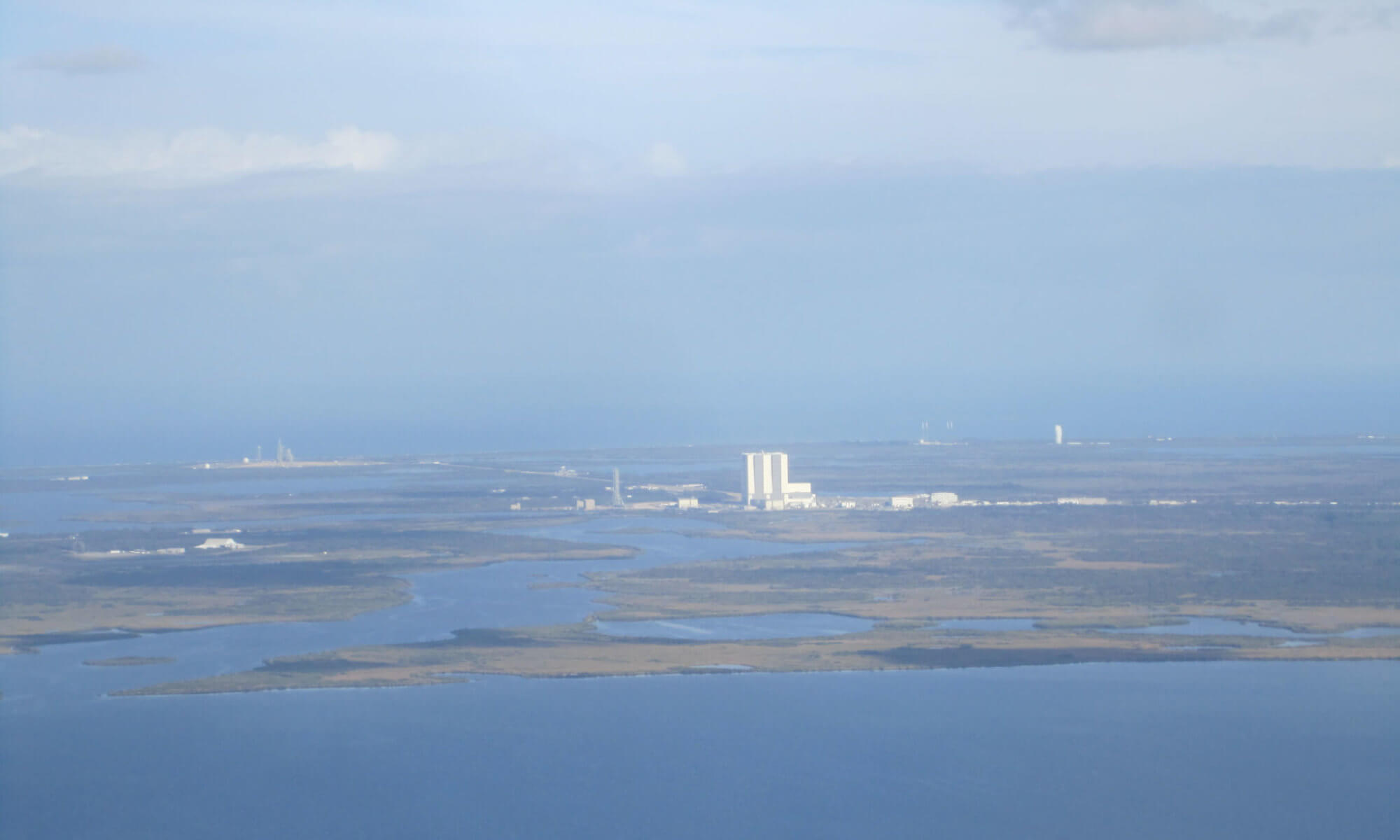John Young was undoubtedly the most experienced astronaut of NASA’s early era, active from the days of Gemini, through Apollo and the Space Shuttle. He walked on the Moon, commanded the first test flight of the Space Shuttle and didn’t retire from NASA until he was seventy-four. He was legendary for his soft-spoken demeanour, coolness under pressure and later in his career, for not being afraid to speak truth to power on issues of mission risk.
His memoir is laid out in a straightforward chronological fashion, starting with early life and following him throughout his career in the Navy and at NASA. While he is most well known for his missions, his time as head of the Astronaut Office and then as a sort of senior and independent safety inspector within NASA, make up large parts of the narrative. There is also ample space dedicated to the Challenger and Columbia accidents, with extensive technical detail.
For any NASA and space buff, the memoir is interesting reading. However, it is a bit of a slog. The style is quite dry and self-effacing, much as the man himself. Descriptions of missions mostly chronicle events without poetic embellishments. This is in stark contrast with, for example, the memoirs of Gene Cernan, Gene Krantz and Mike Mullane, which in their different ways speak much more passionately about the subject matter. The book feels long-winded in many parts, with sections which are just listing various mission achievements, seemingly for completeness’ sake. The most readable bits are where
I strongly felt that more decisive editing could have made this a more readable book, but then again, I also felt that











